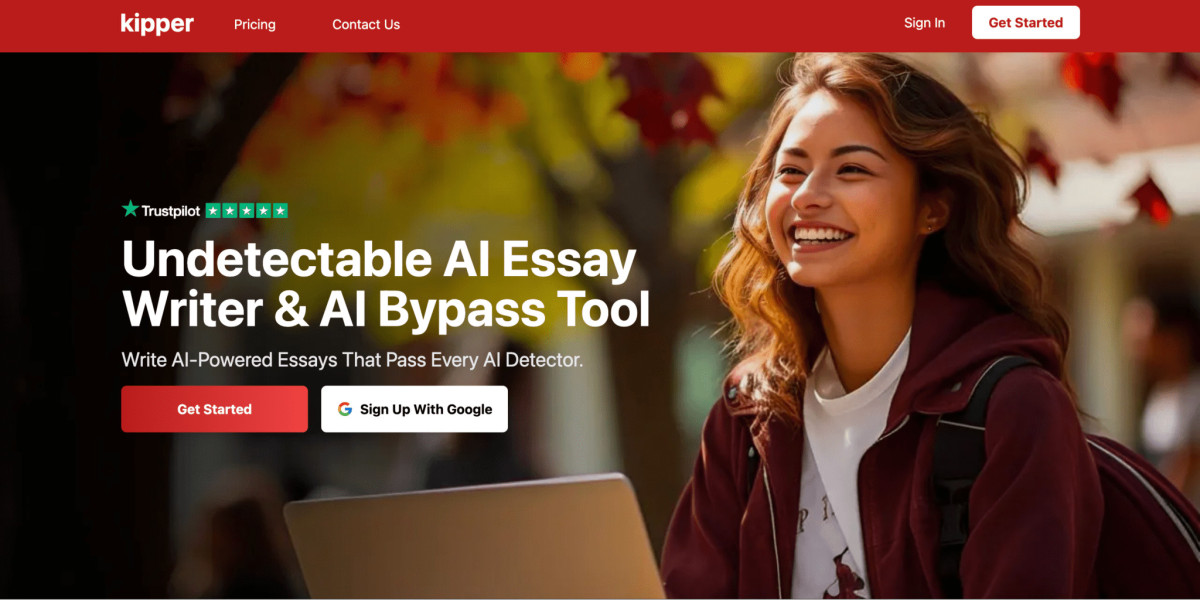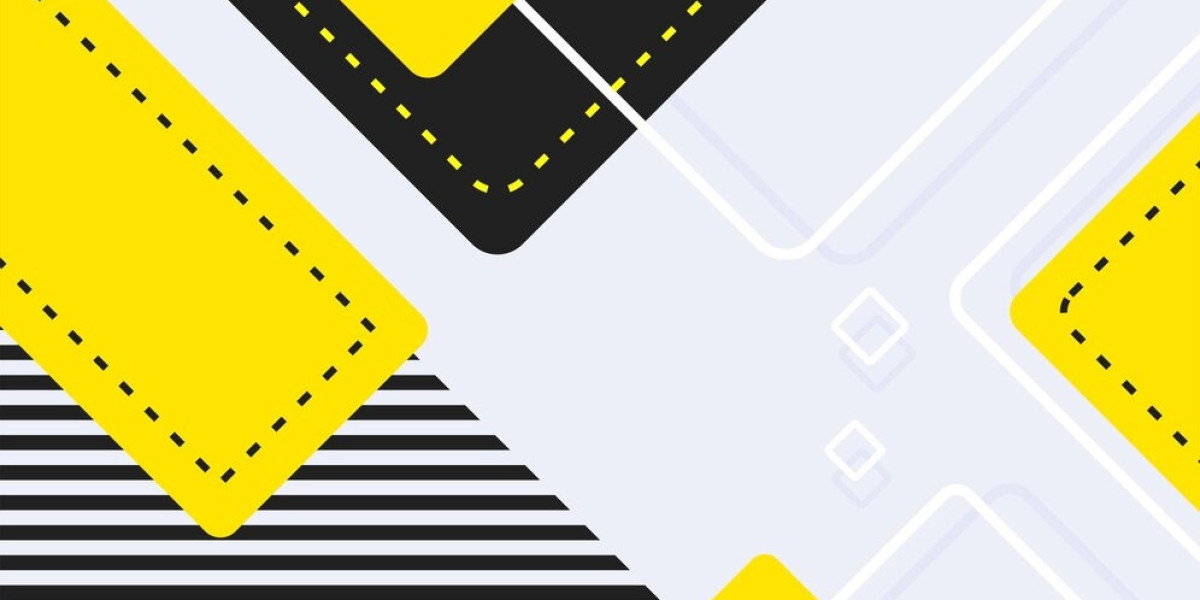 Unlike human plagiarism, where copied text is straightforward, AI’s variability complicates things. That’s why some believe AI is easily detectable, while real-life scenarios suggest otherwise, as discussed here. Chris Bailey, an academic integrity expert, suggests that a multi-faceted approach combining technology and education is the most effective.
Unlike human plagiarism, where copied text is straightforward, AI’s variability complicates things. That’s why some believe AI is easily detectable, while real-life scenarios suggest otherwise, as discussed here. Chris Bailey, an academic integrity expert, suggests that a multi-faceted approach combining technology and education is the most effective.As technology progresses, so too must the tools we rely on to safeguard our educational standards, ensuring that they are capable of meeting the challenges posed by the next generation of digital tools. Embracing AI in education doesn’t mean disregarding its potential pitfalls. Schools need to adopt a transparent approach, educating both teachers and students about the responsible use of AI tools. Yes, Canvas like most LMSs, can integrate plagiarism detection services that can pick ChatGPT-related work. Yes, most universities use Plagiarism Detection Tools that can detect content generated with ChatGPT. Rewording ChatGPT content might lower the chances of detection, although sophisticated algorithms are still able to recognize AI-generated text.
Consequently, implementing measures to mitigate plagiarism is crucial for upholding academic integrity and precluding the perpetuation of such dishonest practices in students' subsequent academic and professional pursuits. Moreover, some TMSPs databases index previously submitted student papers, enhancing their effectiveness in plagiarism detection (Elkhatat et al. 2021). SafeAssign is a widely used plagiarism detection tool in various educational institutions. This tool compares student submissions to a vast database of academic papers, while ChatGPT is an AI language model capable of generating human-like text based on prompts. As technology continues to advance rapidly, so does safeassign detect chatgpt the potential for plagiarism detection tools like SafeAssign. In the future, safeassign ai could incorporate machine learning algorithms to further improve its accuracy and detect increasingly sophisticated forms of plagiarism.
Critical thinking is the most important skill we should teach our students and continue to ask them why something is excellent. So now you know how AI Detectors work you might want to know which AI detector is the best for your University. As you can see from the results, Winston correctly detected the text as 0% human. As you can see the text is quite good and it might be difficult to tell if it was written by a machine or a human.
However, it is not guaranteed to detect all instances of content created by AI writing tools like ChatGPT. SafeAssign checks against a vast database of academic materials as well as internet sources but has some limitations in detecting cleverly generated AI content. You are not permitted to use AI tools that generate content (such as ChatGPT, Bing Chat, Bard, DALL-E) for work done for this class. Writing, analytical, and critical thinking skills are part of your learning outcomes in this course; therefore, all writing assignments should be prepared by you, the student. Recently, AI-powered ChatGPT has emerged as a tool that assists students in generating customized content based on prompts, utilizing NLP techniques (Radford et al. 2018). The original GPT model demonstrated the potential of unsupervised pre-training followed by supervised fine-tuning for a wide range of NLP tasks.
The repeatability and reproducibility of both models were analyzed, showing that the generation of responses remains consistent. However, a two-sample t-test revealed insufficient evidence to support a statistically significant difference between the text-matching percentages of both models. Several strategies are proposed to address the challenges posed by AI integration in academic contexts; one probable solution is to promote self-transcendent ideals by implementing honor codes. It is also necessary to consider the restricted knowledge base of AI language models like GPT and address any inaccuracies in generated references.
Assignments are compared against several different databases containing millions of articles dating from the 1990s to the present. After the comparison, a report is generated that provides detailed information about the matches found. If you’re concerned about AI generated writing, it’s a good idea to use a tool that was designed specifically for that purpose.
Students may face penalties or expulsion, while faculty risk losing trust and credibility. Students, educators, tech providers, and institutions must ensure responsible use of tools like ChatGPT to uphold honesty and integrity. Over the last year, the prevalence of generative AI programs has been undeniable. The technology sector has seen the mainstream utilization of these tools reach renewed heights. Subsequently, this guide will break down if SafeAssign can detect ChatGPT content.
One of the key methodologies employed by SafeAssign involves using string matching and fingerprinting techniques. These techniques identify similarities by breaking down documents into smaller text segments or "fingerprints" and then matching these against its extensive database. This process allows the tool to efficiently and accurately detect instances where text has been copied verbatim or slightly altered from original sources. SafeAssign can implement machine learning algorithms for improved detection, analyze language patterns, and compare text with known sources.






